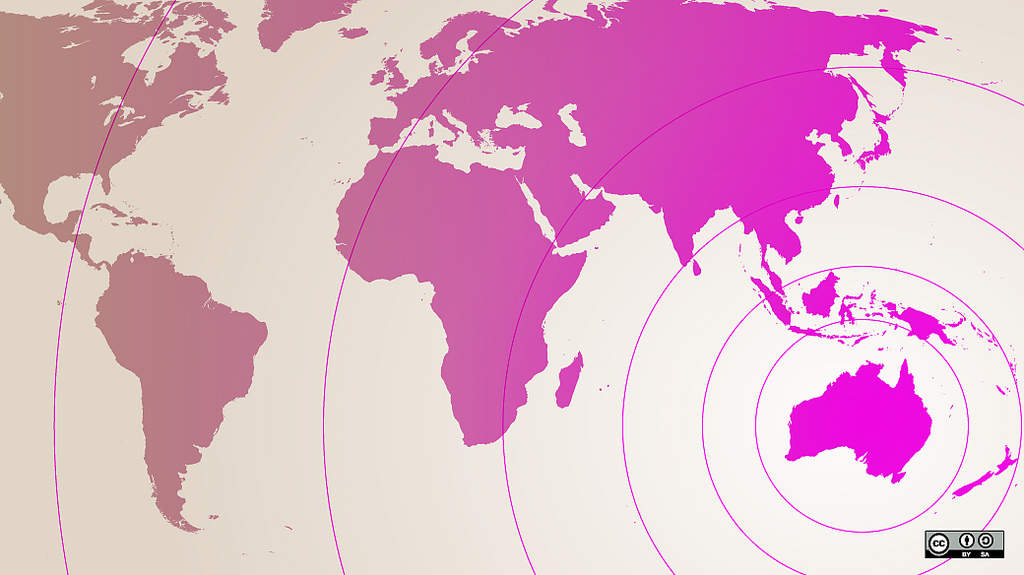
The Australian Oil & Gas (O&G) market has witnessed a strong overall decline in its value in the historic period thanks largely to falling crude oil prices. GlobalData estimates total revenues of $21.4bn in 2017, representing a compound annual rate of change (CARC) of -14.8% from 2013. Approx. 80% of the market is crude, 20% natural gas. It contributes 3.5% of the share in the APJ region. Volatility is the new normal in the O&G industry. There are many factors influencing global energy prices such as geopolitics, changes in energy consumption, substitution, increasing regulation and current OPEC policies. The market is determined by many factors outside the control of individual companies. As such, the long-term competitiveness of O&G in Australia will be in the pervasive use of technology to reduce costs, increase productivity and streamline business processes across a supply chain with hundreds of touchpoints. One of the key technologies is Artificial Intelligence (AI).
While only in its infancy, the key applications of AI today have been in exploration in areas such as natural seep detection which can detect hydrocarbons deep in the ground like the ocean floor. AI is making an entrance in drilling operations to improve site planning and extraction optimisation for upstream suppliers especially when mapping the digital oilfield. It is also being used in Australia to improve monitoring and compliance for health and safety. In fact, there are many interesting use cases across the supply chain, such as asset, personnel and fleet management. These areas help in storage, manufacturing, production, transport and distribution of O&G. In the not too distant future, even more innovative technologies will disrupt the industry. Intelligent robots, virtual assistants, augmented, virtual reality and drones will offer sweeping improvements across the supply chain from site exploration in the digital oilfield to last mile distribution.
The digital transformation train, once it picks up in the O&G industry, has no plan to stop. Business strategies in this sector will be inextricably linked to technology. Companies will have to overhaul their IT in order to drive growth and create value. As more and more sensors are being added through the world, there will be an unprecedented amount of data collected, stored, processed and analysed. Up to 90% of the world’s data was created in the last two to three years. While data through the use of AI will be invaluable for the future of many industries, including O&G, businesses will also need to have a company-wide strategy in place for data collection, management and security. Only 10% of businesses have such a system in place. Data is not shared and currently owned by multiple departments and stakeholders. A digital strategy needs to have data ownership.
Whether or not ‘data is the new oil,’ it will only be valuable when refined and put to good use. Therefore having a strategy for data is the best starting place. Once a company has established ownership, it then can determine the value of the data, how well it should be secured, where data needs to be stored, and who should have access. Other factors to consider include where data should be processed and how often transmitted.
The O&G industry will be among the first movers in adopting AI (and by association IoT) to change their business. This will be driven by data. This, in turn will drive newer ICT requirements. While GlobalData research shows the O&G sector to be big users of SDN and wireless technology today, there will be a shift in cloud from dedicated private to IaaS in Australia. We are also seeing the sector embracing a myriad of LP-WAN technologies for IoT and security.
How well do you really know your competitors?
Access the most comprehensive Company Profiles on the market, powered by GlobalData. Save hours of research. Gain competitive edge.

Thank you!
Your download email will arrive shortly
Not ready to buy yet? Download a free sample
We are confident about the unique quality of our Company Profiles. However, we want you to make the most beneficial decision for your business, so we offer a free sample that you can download by submitting the below form
By GlobalDataBeyond the use of technology, will be people. The industry should consider new approaches to managing extreme uncertainty, such as Design Thinking, Lean Startup, and others, when the end-state is uncertain. While technology is not exactly seamless, people and culture are often the biggest obstacles to a successful transformation.







Related Company Profiles
APJ Co., Ltd.
Lean Startup Co